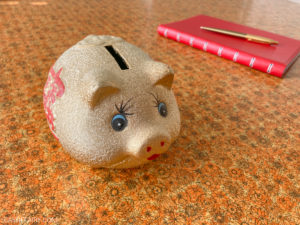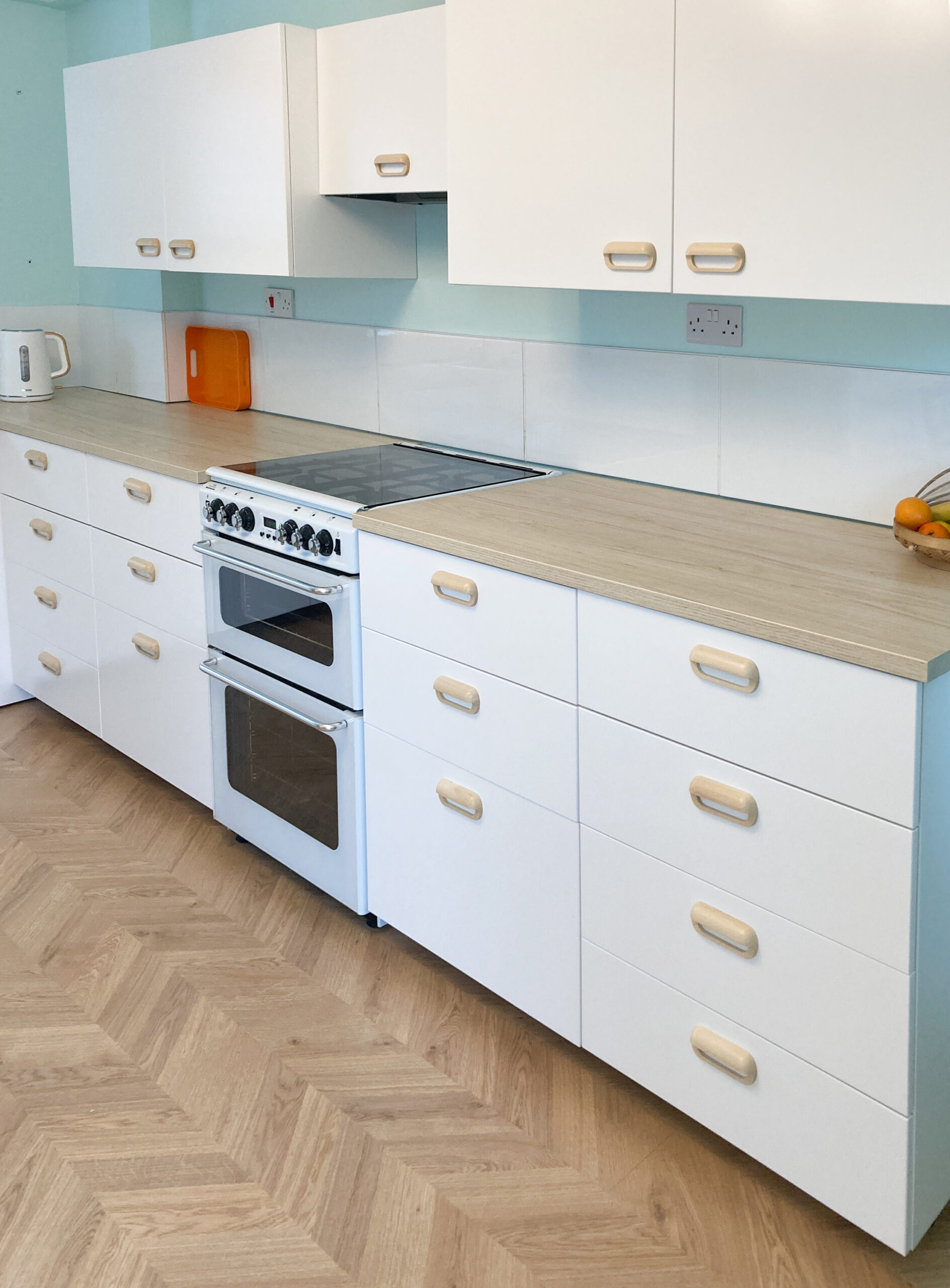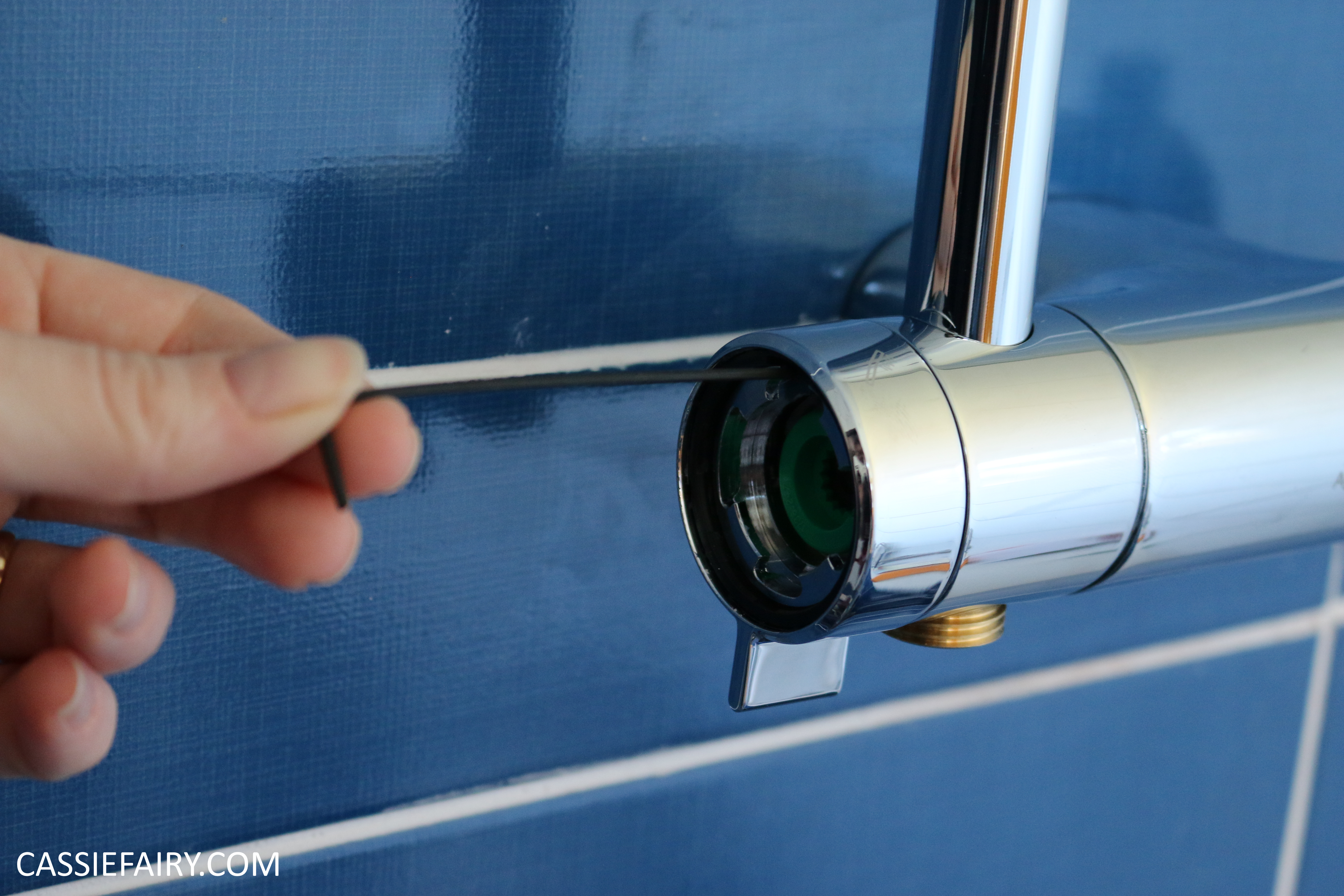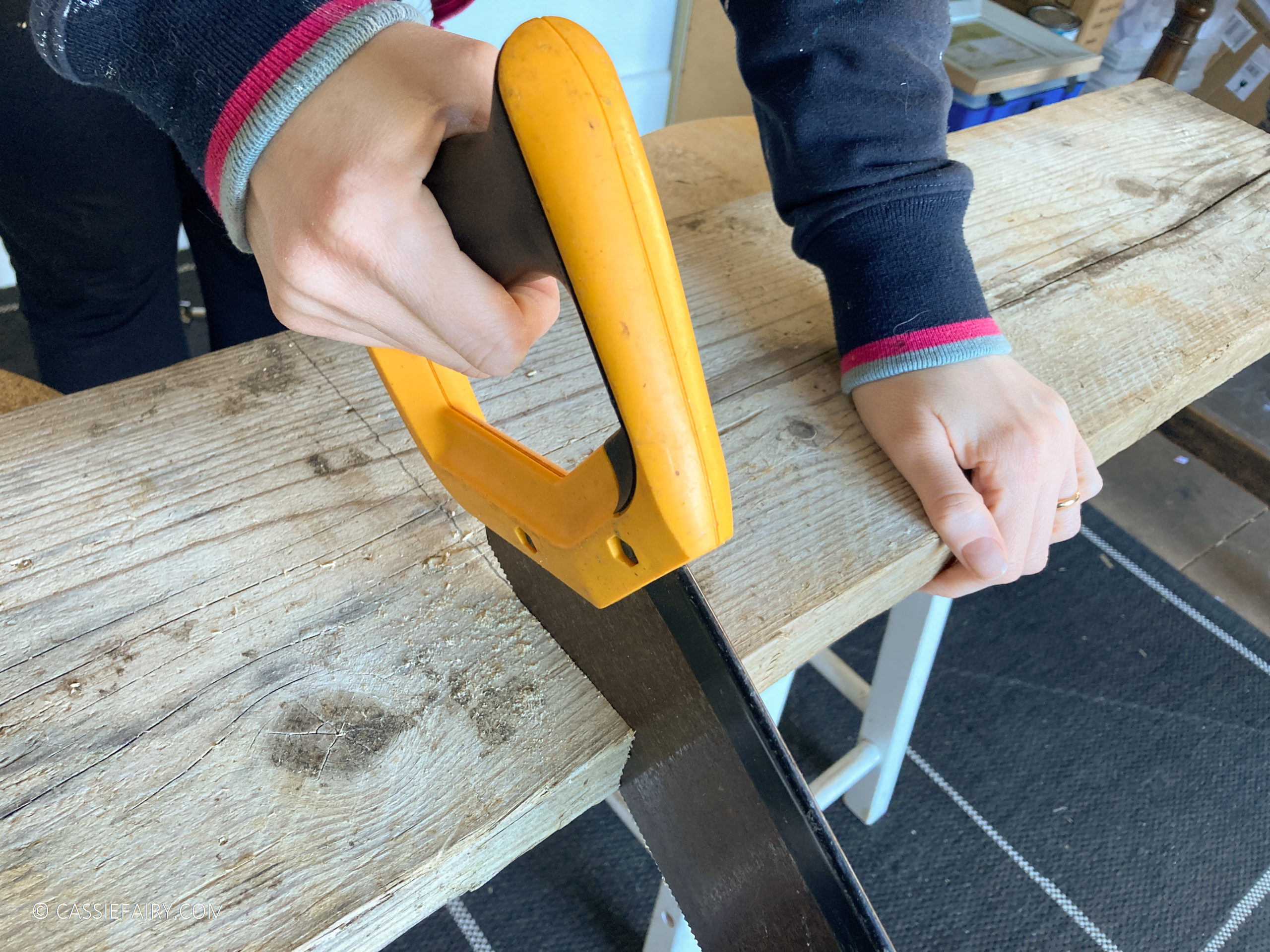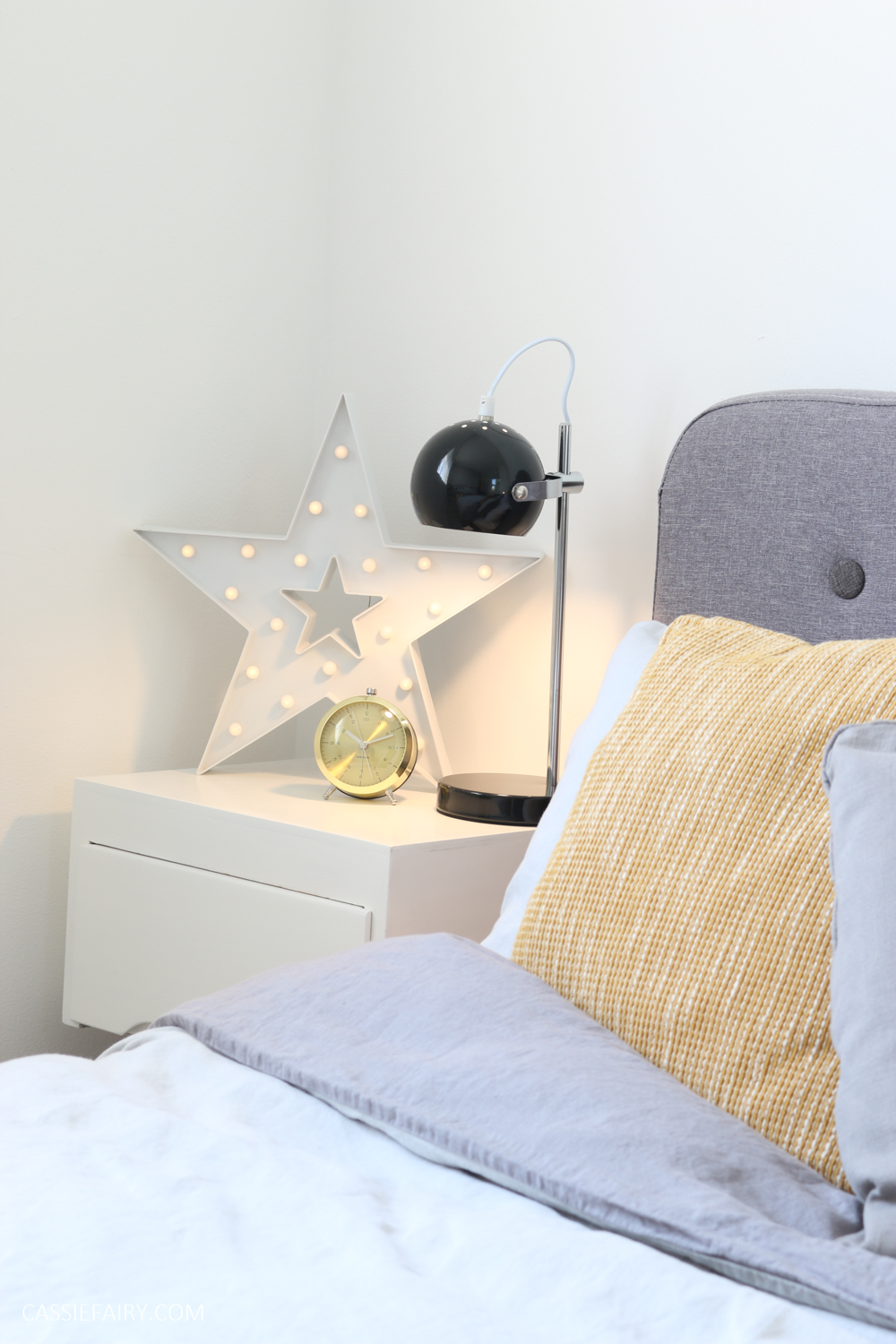Oh I love a good cliché, don’t you? They aren’t like nails on a chalkboard at all, are they? Okay, I admit it, I’m not a fan BUT, when it comes to decorating your home, it’s probably useful to have a few clichés in the back of your mind before you approach a task. Not only will you (probably) save lots of time and effort, but also plenty of money by getting it right the first time. And that’s exactly what these three clichés can teach us how to do…

1 TIME IS MONEY
Blimey paint can cost a lot, can’t it? Often, it’s a case of the higher the price, the better the quality. If you try to save money by buying the cheapest paint, it’s likely that it’ll be so thin that you’ll need two, three or even more coats of the paint to get a good coverage on your walls. You’re not only using up more paint (and each coat equals more money spent), it’ll also take up more of your time. And we all know that ‘time is money’. Factor in drying time when you can’t use the room and the disruption in your home, and you’ll probably be out of pocket overall by trying to skimp on paint. So, it makes sense to spend a little more than the absolute minimum when shopping for paint.

That said, you don’t need to go to the opposite end of the spectrum and spend a small fortune to find a quality paint. As long as you buy the right paint for the task, you’ll be able to opt for a mid-price range and still benefit from fewer coats and less time spent DIYing. For example, if you’re painting a kitchen or bathroom, choose a condensation-resistant acrylic eggshell paint, which will provide good coverage and perform the way you need it to it to in the space. If you try to cut costs with a matt emulsion, it may flake off the walls with moisture and non-wipeable formulas can easily become stained over time so it will need to be redecorated with the correct paint, meaning further expense in the near future. Plus, low-VOC paints will dry faster and therefore cut the time spent decorating – this page has more info on the pros of eggshell paint.
2 FAIL TO PREPARE AND PREPARE TO FAIL
If you want to get a great finish while decorating your home, most of the work happens before you even open a tin of paint. That’s because there will already be layers of wallpaper and old coats of paint on every surface and you can’t just cover them up. If you do, we’ll be heading straight back to the time-is-money problem because whatever finish you try to put on top of old surfaces won’t last. You need to clean and sand down woodwork before you repaint doors or skirting boards, otherwise the paint might not adhere properly and will need further coats to cover up splitting paint. Plus, for a perfect finish, you don’t want to be able to see the dried-on drips of paint from the last time someone painted that door, so sanding is essential.
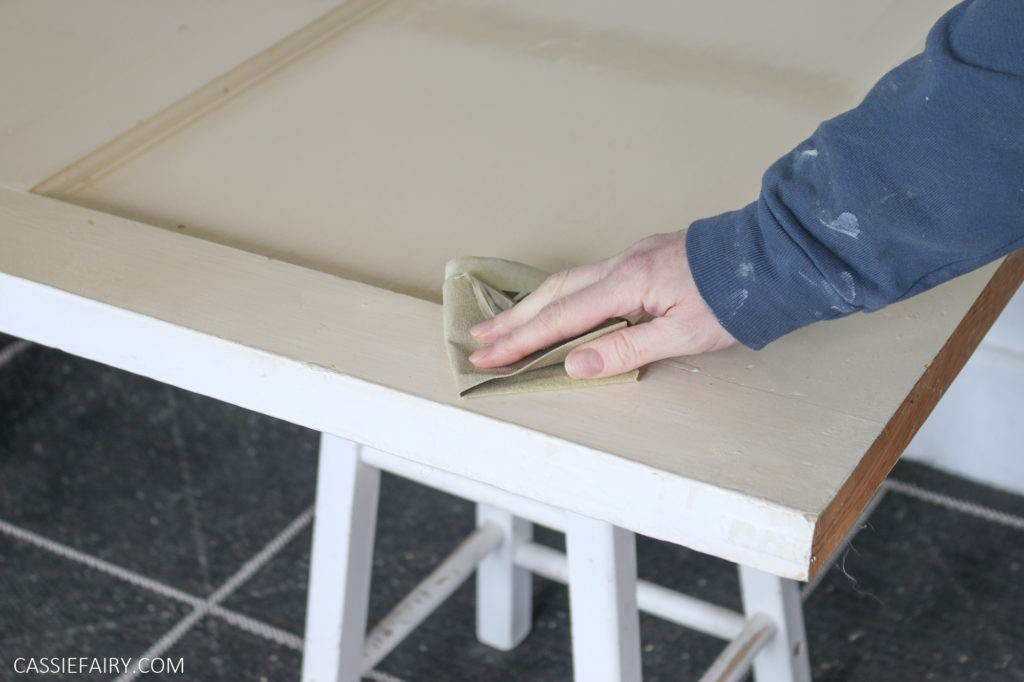
It may seem like wallpaper will cover up all kinds of problems – there’s a reason why the cliché ‘papering over the cracks’ is used so often – but honestly, it won’t look great unless the wall beneath the wallpaper is smooth. Although it might look much better than it was at first, soon you’ll notice all the little bumps and dents showing through the wallpaper and eventually you’ll want to re-do it. And rolls of wallpaper do not come cheap! So, I know it’s a horrible job but you’re going to have to strip off the old wallpaper before you start. And I mean, ALL of it. The little flakes, the gluey residue, everything. Steam it, scrape it off, wash it with sugar soap and THEN you can start wallpapering. The final finish of the wall will be worth it.
3 PAPERING OVER THE CRACKS
That brought us nicely onto this topic – it’s never a good idea to paint or ‘paper over the cracks’ because the cracks will just open up again when the paint dries or the lumps and bumps will be easy to spot beneath wallpaper. Of course, I’m not talking about structural cracks here because that would obviously need professional repair, I just mean little chips in the plaster and places where you’ve taken out a picture hook. Every blemish and nail-hole should be filled and sanded before you start painting or papering to prevent it needing to be re-done in the near future.
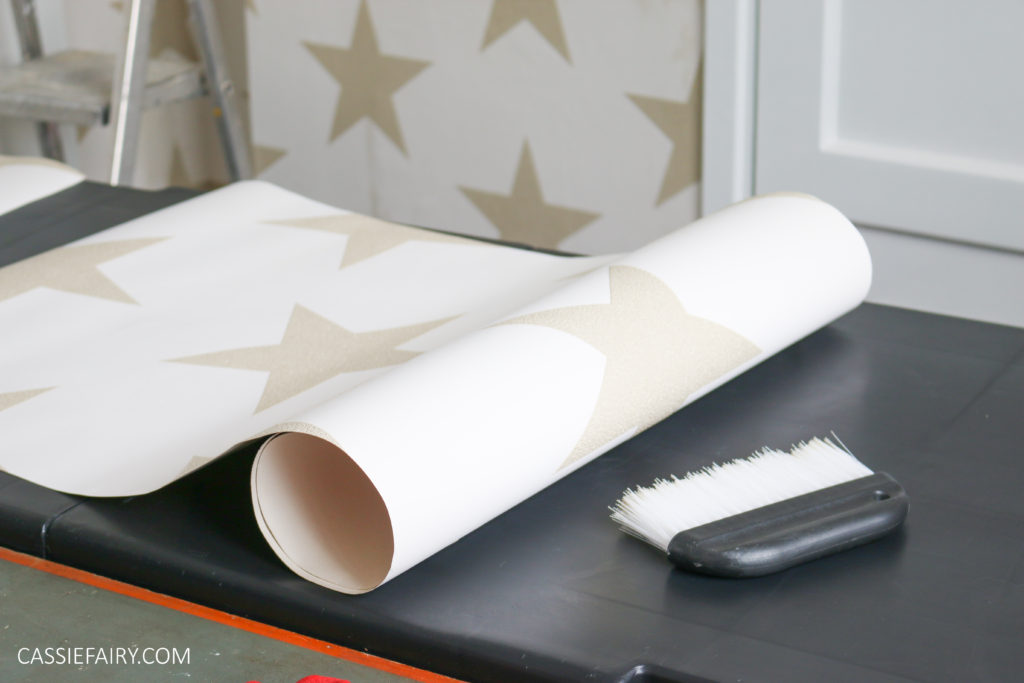
BONUS CLICHÉ: HINDSIGHT IS A WONDERFUL THING
The reason I’m sharing these clichés with you today is because I have the hindsight of ALL THESE THINGS HAPPENING TO ME! Yes, I was the person who bought a massive 15-litre pot of cheap paint and then had to paint three coats before giving up and going back to the store to buy a better-quality paint that did the job in one go. I was also the girl who didn’t sand down the woodwork on the staircase handrail and now it has flaked off, showing the black paint underneath it. And I was SO fed-up with scraping wallpaper off my office walls (the fifth room that needed stripping of paper) that I did a half-hearted job and can now see little bumps when the sun shines on the wall. And I’m also the person who DID paint over a hairline crack in the plaster and it’s come right through again. I must get the filler out.
So, you see, I don’t want you to make the same mistakes that I’ve made – because I’m going to have to make some repairs (time is money) and will have to buy more materials to do it (money is bloomin’ money!) and perhaps this blog post will help you get things right first time when decorating your own home. Please let me know that I’m not the only one trying to cut corners in my DIY and share your own get-it-right-second-time stories in the comments below 😉
PIN IT FOR LATER
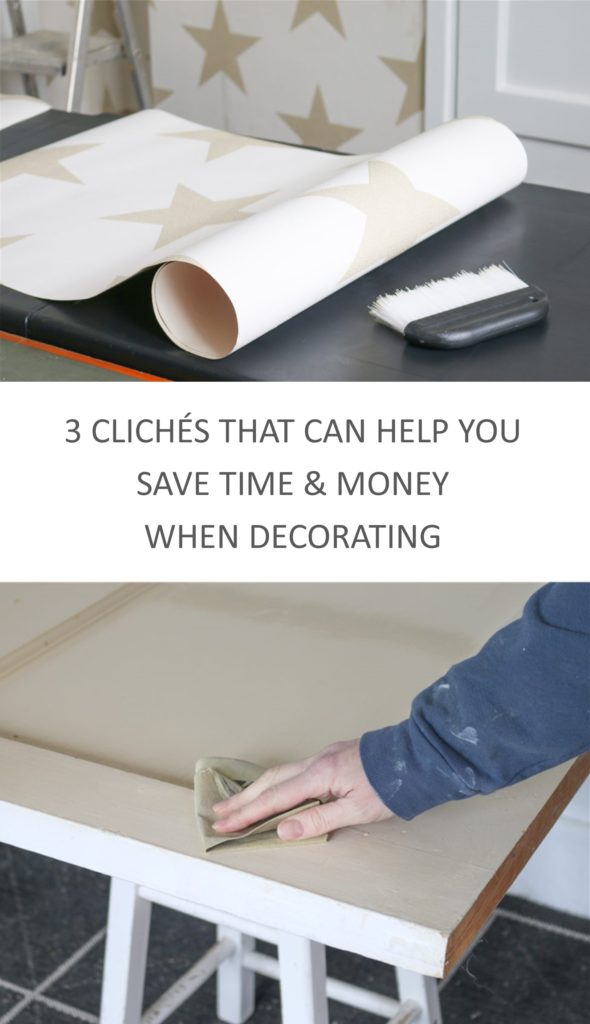
This article is a sponsored collaboration. The pink links in the content indicate a sponsored link or information source. The blog post reflects my own experience and the sponsor hasn’t had any control over my content 🙂












